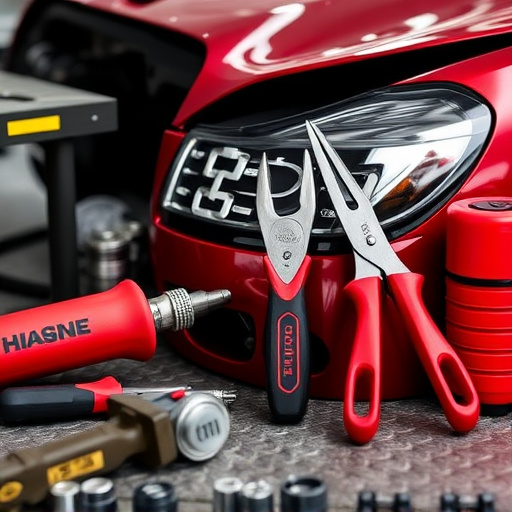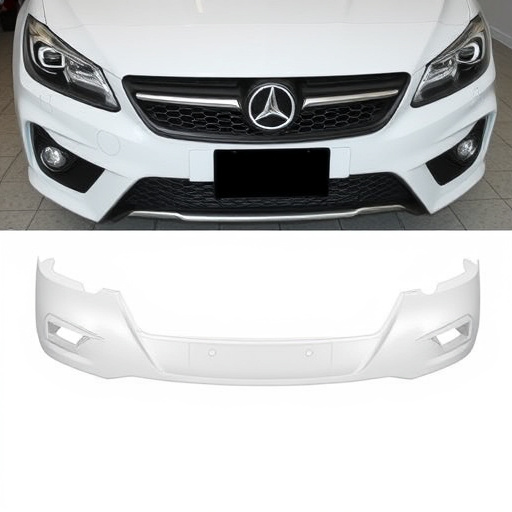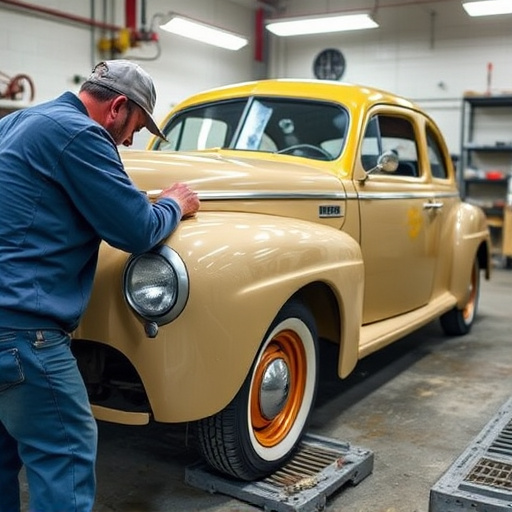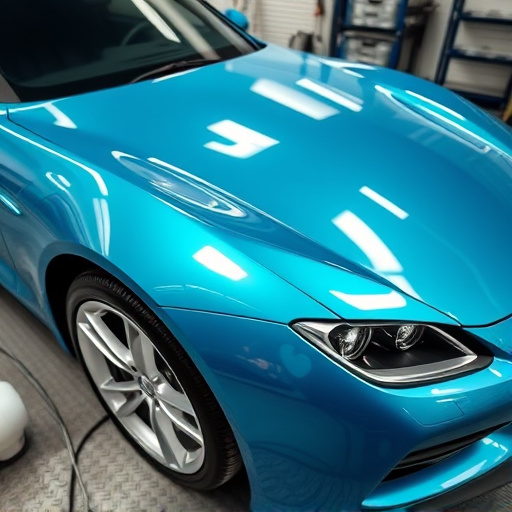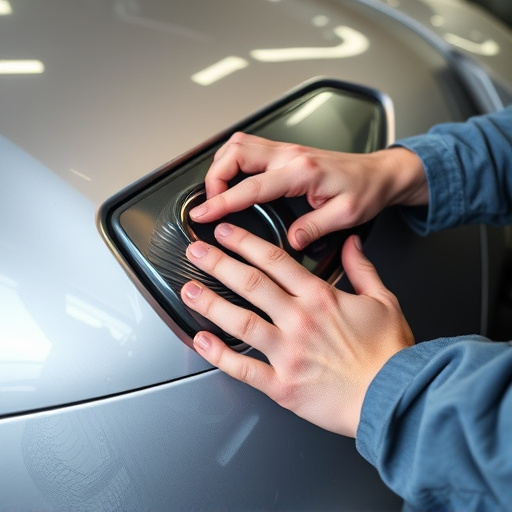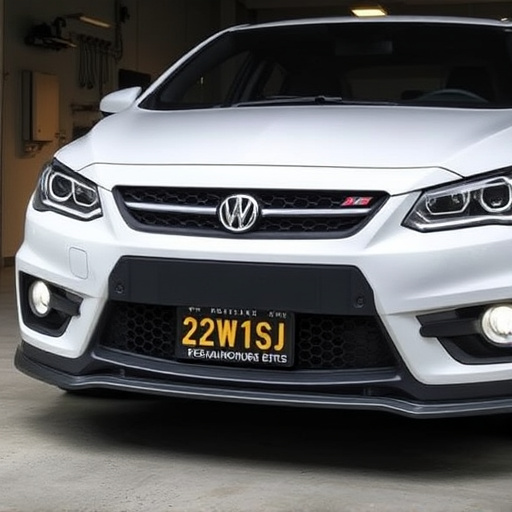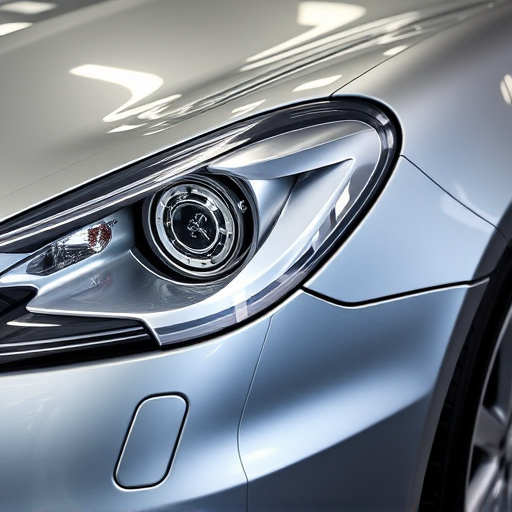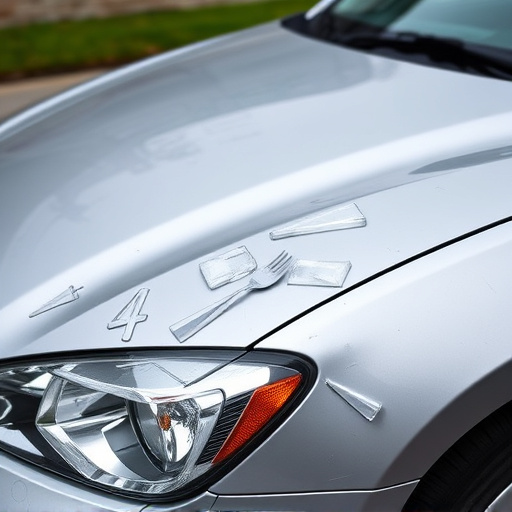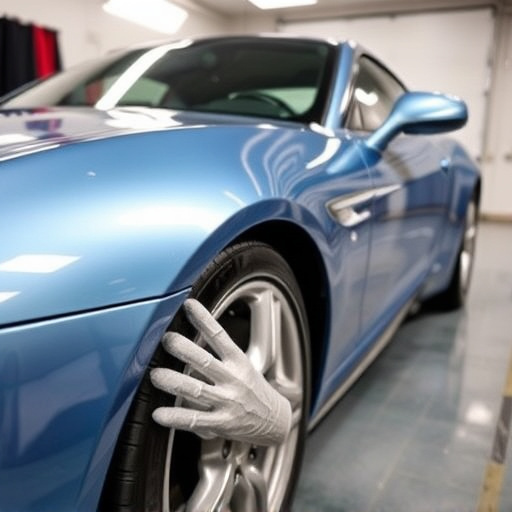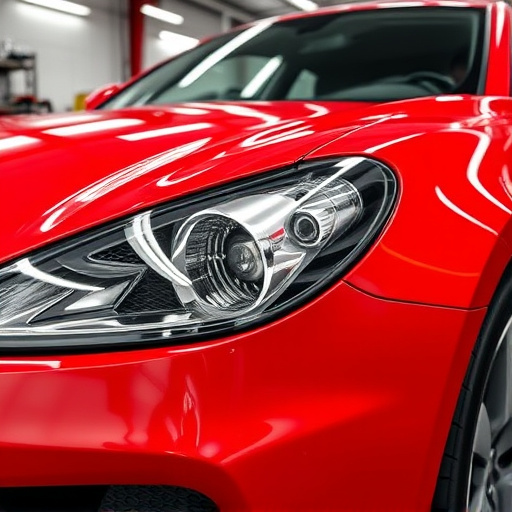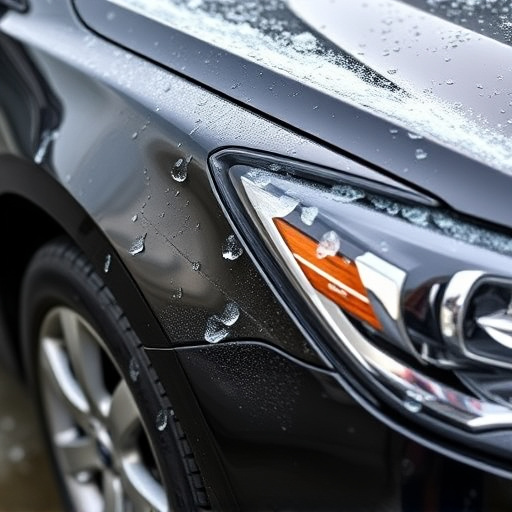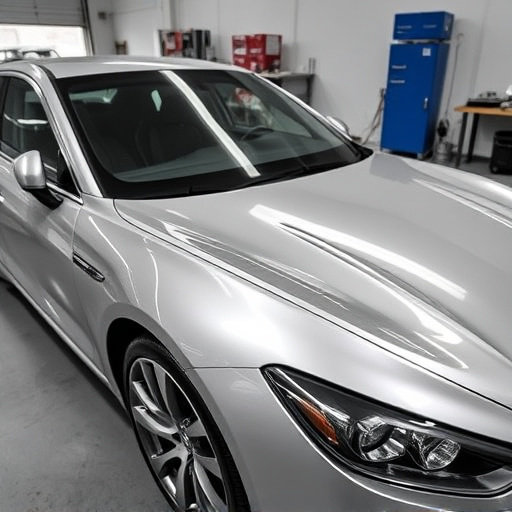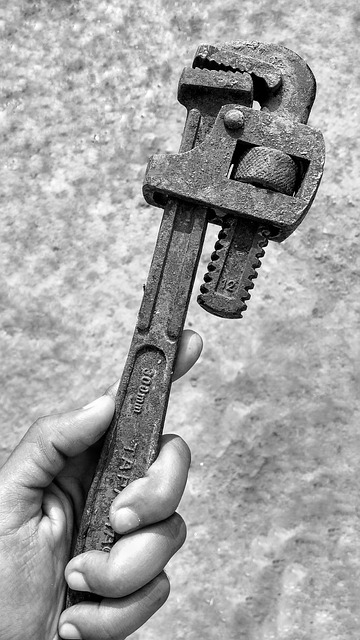PDR (Paintless Dent Repair) is a game-changing technique for car dealerships, offering faster, cost-effective, and eco-friendly auto body repair. By enhancing customer satisfaction, reducing turnaround times, and promoting sustainable practices, PDR restores vehicles to near-perfect conditions with minimal panel replacement. In a competitive market, it caters to customers valuing vehicle aesthetics, increasing resale value and attracting new clients. Dealerships can track KPIs like vehicles restored, customer retention rates, and average repair times to measure success, with efficient processes boosting profits and loyalty.
In today’s competitive automotive landscape, Professional Detail Restoration (PDR) has emerged as a game-changer for car dealerships. Understanding and leveraging PDR can significantly enhance a dealership’s appeal, retention, and sales. This article delves into the powerful tool of PDR, exploring who benefits most from its implementation. We’ll analyze specific target audiences, dissect key performance indicators, and provide insights on measuring success, all with a focus on maximizing PDR’s advantages for car dealerships.
- Understanding PDR: A Car Dealership's Powerful Tool
- Target Audiences: Who Needs PDR the Most?
- Measuring Success: Benefits and Key Performance Indicators
Understanding PDR: A Car Dealership's Powerful Tool
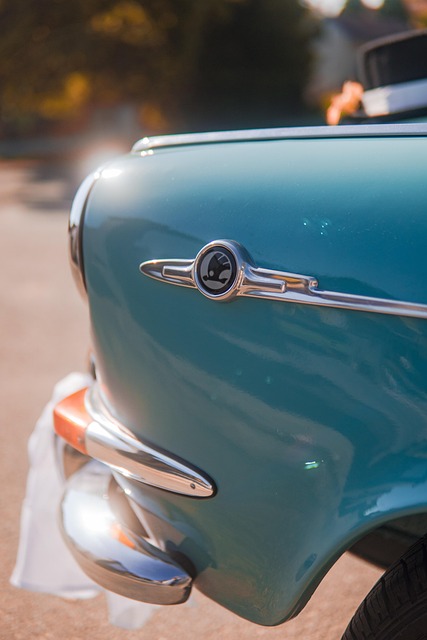
At its core, PDR (Paintless Dent Repair) is a revolutionary technique within the automotive industry that empowers car dealerships to offer top-notch services without the need for extensive auto body shop work. This non-invasive approach to auto maintenance allows technicians to restore vehicles’ exterior to near-perfect conditions by carefully manipulating and realigning dented panels, rather than replacing them. By integrating PDR into their operations, car dealerships can significantly enhance customer satisfaction and build a reputation for excellence.
Dealerships benefit from PDR’s efficiency in several ways. It reduces the time and costs associated with traditional auto body restoration methods, allowing for faster turnaround times and competitive pricing. Moreover, PDR enhances the overall customer experience by providing a more convenient and environmentally friendly solution to common dent repairs. This technique is especially beneficial for minor dents, scratches, and dings, ensuring vehicles leave the dealership looking as good as new while also promoting sustainable practices in auto maintenance.
Target Audiences: Who Needs PDR the Most?

In the competitive world of car dealerships, attracting and retaining customers is paramount. Here, PDR for car dealerships emerges as a powerful tool, catering to diverse target audiences with distinct needs. The primary beneficiaries are those who value top-notch vehicle aesthetics and want to restore their cars to near-perfect condition after accidents or wear and tear. These could include both personal and commercial vehicle owners seeking to enhance the resale value of their assets.
Additionally, PDR is highly valuable for collision centers and automotive collision repair shops. By offering PDR services, these facilities can expand their portfolio, attract new customers, and differentiate themselves from competitors. This is especially crucial in a market where consumers are increasingly conscious of vehicle aesthetics and looking for specialized services to restore their vehicles’ beauty and value.
Measuring Success: Benefits and Key Performance Indicators
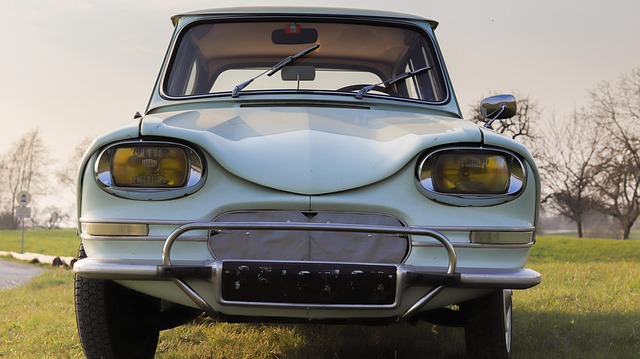
Measuring success is a critical aspect of any business strategy, and PDR for car dealerships is no exception. The benefits of this process extend beyond improving vehicle aesthetics; it’s a powerful tool for growing profits and enhancing customer satisfaction. To gauge the effectiveness of PDR, dealerships should track several Key Performance Indicators (KPIs). These might include the number of vehicles restored, customer retention rates, and the average time taken to complete repairs. By analyzing these metrics, dealerships can identify trends, set achievable targets, and make data-driven decisions.
One key KPI is the increase in sales post-PDR. Restored vehicles often command higher resale values, leading to a boost in dealership profits. Additionally, satisfied customers are more likely to return for future auto repair services or vehicle restoration, fostering loyalty. Efficient PDR processes also contribute to improved operational KPIs, such as reduced wait times and optimized workshop utilization, ensuring that dealerships offer top-quality service without compromising on volume.
PDR (Paintless Dent Repair) for car dealerships is a game-changer that benefits both businesses and consumers. By targeting specific audiences with this powerful tool, dealerships can enhance their services, increase customer satisfaction, and boost sales. Measuring success through key performance indicators, such as increased customer retention and positive reviews, demonstrates the significant advantages of integrating PDR into dealership operations. In today’s competitive market, embracing innovative solutions like PDR positions car dealerships for long-term success and growth.

